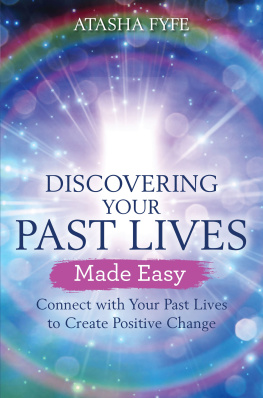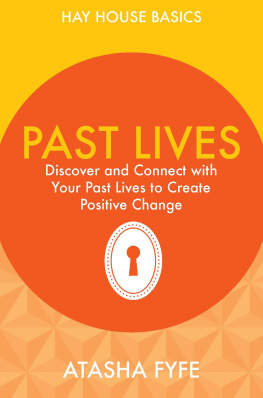Contents
Guide
Read on, and learn that evidence may answer sooner than you expected the most important question we can ask ourselves: What happens after death?
IAN STEVENSON, M.D.
FOR THE PAST FORTY YEARS, doctors at the University of Virginia Medical Center have conducted research into young childrens reports of past-life memories. Dr. Ian Stevenson, the founder of this work, has always written for a scientific audience. Now, in this provocative and fascinating book, Dr. Jim B. Tucker, a child psychiatrist who currently directs the research, shares these studies with the general public. Life Before Life is a landmark work, one that has the potential to challenge and ultimately change our understanding about life and death.
Children who report past-life memories typically begin talking spontaneously about a previous life when they are two to three years old. Some talk about the life of a deceased family member, while others describe the life of a stranger. They may recount details about previous family members, events in the previous life, or the way they died in that life. The children tend to show a strong emotional involvement with the apparent memories and often cry to be taken to the previous family. In many cases, parents have taken their children to the places they named, where they found that an individual had died whose life matched the details given by the child. During the visits, some children have recognized family members or friends from that individuals life. Many children have had birthmarks that matched wounds on the body of the deceased individual.
Researchers have studied more than 2,500 such cases, and their careful investigations have produced an impressive body of work. The Journal of the American Medical Association stated in a review of one of Dr. Stevensons scientific books that in regard to reincarnation he has painstakingly and unemotionally collected a detailed series of casesin which the evidence is difficult to explain on any other grounds.
Life Before Life explores the various features of this worldwide phenomenon, describing numerous cases along the way. We meet a boy in Michigan who, after being born with three birthmarks that matched wounds on his deceased brother, begins talking about events from his brothers life; a boy in Turkey who gives a number of accurate details about a man, including his name, who lived five hundred miles away and died fifty years before the boy was born; and a girl in Sri Lanka who is able to recognize the family members of a deceased stranger as they are presented to her one by one, giving specifics about their lives that she could not have known from their appearance.
Dr. Tucker presents this material in a straightforward way, relating extraordinary stories that have been amassed with a scientific approach. He then considers how best to interpret the evidence, and he lets readers reach their own conclusionswhich, for many, will be profound.
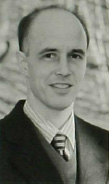
JIM B. TUCKER, M.D., is a child psychiatrist at the University of Virginia, where he directs research into childrens reports of past-life memories at the Division of Personality Studies and serves as medical director of the Child & Family Psychiatry Clinic.

LIFE BEFORE LIFE
A Scientific Investigation of Childrens Memories of Previous Lives

Jim B. Tucker, M.D.
With a Foreword by
Ian Stevenson, M.D.

ST. MARTINS PRESS
NEW YORK
The author and publisher have provided this e-book to you for your personal use only. You may not make this e-book publicly available in any way. Copyright infringement is against the law. If you believe the copy of this e-book you are reading infringes on the authors copyright, please notify the publisher at: http://us.macmillanusa.com/piracy.
For Chris
FOREWORD BY IAN STEVENSON, M.D.
Numerous authors have written about reincarnation, nearly always affirming it, some of them even purporting to describe its processes; a few writers dismiss the idea of reincarnation as absurd. Few of these authors seem interested in the question of evidence for or against reincarnation.
Jim Tucker has written a different kind of book. For him evidence has become central. Does it, he asks, support or even compel a belief in reincarnation?
One can easily think of objections to reincarnation: the paucity of persons who actually claim to remember a past life, the fragility of memories, the population explosion, the mind-body problem, fraud, and others. Jim Tucker discusses these, one by one and thoroughly. His book resembles no other, because it has no predecessor of its type.
I found particularly impressive Jim Tuckers guidance of his readers. He asks, almost requires, them to reason along with him as he describes and discusses each objection to the idea of reincarnation. He writes so well that he may beguile a casual reader into thinking he or she has no work to do. Read on, and learn that evidence may answersooner than you expectedthe most important question we can ask ourselves: What happens after death?
INTRODUCTION
Some young children say that they have been here before. They give various details about previous lives, often describing the way in which they died. Of course, young children say a lot of things, and we may simply think that they are fantasizing as children often do. But what if, in a number of instances, people listened to the children and then tried to find out if the events they described had actually happened? And what if, when those people went to the places the children had named, they found that what the children had said about the past events was indeed true? What then?
The Case of Kemal Atasoy
Dr. Jrgen Keil, a psychologist from Australia, listened as Kemal Atasoy, a six-year-old boy in Turkey, confidently recounted details of a previous life that he claimed to remember. They were meeting in the boys home, a comfortable house in an upper middle class neighborhood, and with them were Dr. Keils interpreter and Kemals parents, a well-educated couple who seemed amused at times by the enthusiasm that the little boy showed in describing his experiences. He said that he had lived in Istanbul, 500 miles away. He stated that his familys name had been Karakas and that he had been a rich Armenian Christian who lived in a large three-story house. The house, he said, was next to the house of a woman named Aysegul, a well-known personality in Turkey, who had left the country because of legal problems. Kemal said that his house had been on the water, where boats were tied up, and that a church was behind it. He said that his wife and children had Greek first names. He also said that he often carried a large leather bag and that he only lived in the house for part of the year.
No one knew if Kemals story was true when he met Dr. Keil in 1997. His parents did not know anyone in Istanbul. In fact, Kemal and his mother had never been there, and his father had only visited the city twice on business. In addition, the family knew no Armenians. His parents were Alevi Muslims, a group with a belief in reincarnation, but they did not seem to think that Kemals statements, which he had been making from the time he was just a toddler at two years of age, were particularly important.

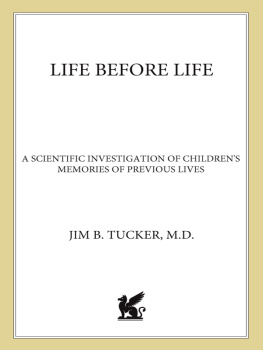



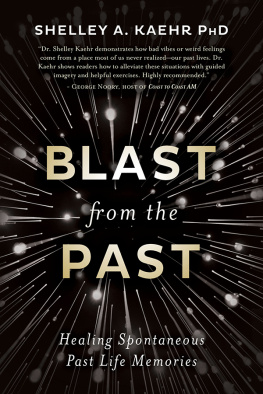

![Raymond A. Moody Jr. - Coming Back - A Psychiatrist Explores Past-Life Journeys [fixed]](/uploads/posts/book/131649/thumbs/raymond-a-moody-jr-coming-back-a-psychiatrist.jpg)
